

Meanwhile…
As a Star Wars fan, there will be times in which the analytical part of my brain will be bypassed by a piece of fan lore. I’ll watch a certain scene or strand of events, knowing full well that it doesn’t quite in relation to a wider piece of storytelling, yet because it’s satisfied the part of me that just wants to dig out my old toys and resume playing with the Star Wars figurines, I’ll rock back in my seat and squeal with glee. The Return of the Mandalorian is such an episode. If I pop my critical cap on, I see an episode that further cements my fear that The Book of Boba Fett is a show lacking a huge chunk of a story. The problem is, it’s all so exciting, I can’t quite help but replace it with my fan hat on regular occasions. The episode entertains the socks off of me, because what I’ve been missing during the past four weeks more than anything is the presence of a certain Din Djarin.
It’s a joy to watch Djarin battle space butchers with the Darksaber he won from Moff Gideon. My brain squeals with delight as he hobbles through the streets of a ring world mega structure resembling something from a Larry Niven novel. It’s equally a pleasure upon seeing him reunite with the Armorer and Paz Vizsla before being ostracised for the crime of showing his face to another. As for the introduction as an N-1 star fighter becoming his new vessel, it’s a harmoniously marriage of the prequel and original trilogy eras. All exciting stuff, even when we know this kind of content should probably be saved for the upcoming third series of The Mandalorian.
For all my love, I can’t quite fathom why any of this is here. I understand that the previous episode ended with Boba Fett and Fennec Shand hinting at them employing Djarin to help take on the Pyke syndicate. Bringing him into the story is not the problem, plus a brief introduction showing us what he’s been up to since handing over Grogu to Luke Skywalker makes sense. But doing this for an entire episode in a seven-part story? This isn’t just checking in with a shared-universe character, this is the act of forgetting which show you’re writing for.
During the previous episode, I mentioned that the end of the flashback sequences signalled creator Jon Favreau’s decision to begin focusing his attention on the present day crime syndicate plot line that he’d been neglecting up until that point. Here, something very concerning is confirmed. It looks as though he has no intention of fleshing out the latter half of The Book of Boba Fett, he’s just going to apply another excuse not to address it. He appears to be procrastinating because there is not much of a story to tell in the present era. Whatever his reasons for having Fett gun down Fortuna during The Mandalorian’s post-credit sequence was, are anyone’s guess.
There’s part of me that understands why this is here and what it’s trying to achieve. One thing that became apparent during the second series of The Mandalorian, is Lucasfilm and Jon Favreau’s decision to adopt a Marvel Studios’ approach when making Star Wars for the small screen. Characters with future shows in the pipeline would cameo, secret endings would help to establish future shows, and Avengers-style crossovers were promised for the characters at later dates. An attempt to implemented this formula was hinted at all the way back in Solo: A Star Wars Story (2017), but was immediately ported to Disney Plus show after the spinoff features were temporarily abandoned. The Book of Boba Fett is attempting to utilise one of the Marvel components here by having various Lucasfilm characters and storylines threaded into The Book of Boba Fett narrative. A bit like Captain America: Civil War (2016), which had T’Challa, Peter Parker, Tony Stark and various others occupy screen time, Jon Favreau is trying to take a page from the Russo Brother’s book of storytelling.
An issue with the Civil War comparison, however, lies in the fact that it’s not quite being utilised as effectively as it was over at Marvel. Civil War managed to introduce characters without bogging down the narrative by having their storylines feed into the bigger plot playing out around the film. T’Challa’s origin worked because it was directly linked to the main antagonists ploy into convincing our Wakandan hero that his father was murdered by Bucky Barnes. Likewise, Peter Parker’s introduction into the story was part of Starks plan into hiring more heroes to take on Steve Rodgers and his fellow teammates. All the same, Stark’s involvement was central to the primary plot which focused on the ideological fallout between the various Avenger teammates. None of the characters were shoehorned in, but were key players who assisted in driving the narrative forward. Had Din Djarin’s story fed directly into the Pyke Syndicate standoff during this chapter, his inclusion could have worked in the context of this series. Unfortunately, the fact the entire show has taken a time out to check in with him makes the entire thing feel out of place.
The Return of the Mandalorian is a heap load of fun if you enjoy seeing Din Djarin potter about and get up to stuff. I’ll confess, I do. I adore the Mandalorian, both as a character and a show. Plonk Pedro Pascal in his Mandalore attire and you’ll have my attention any day of the week. The thing is, this isn’t the time or the show. We’ve got pressing matters over on Tatooine. Matters that have been unattended to for over a month now. At a point in which this series should be fleshing out the events unfolding in Fett’s world, we mustn’t be checking in on a character who’s less than a year away from getting a show of his own.
Behind the Scenes
If this episode doesn’t work as an episode of The Book of Boba Fett, the next question I should ask is does it work as an episode of The Mandalorian? Funnily enough, for all my talk of how much I loved seeing Djarin back on our screens after a 13-month break, the answer to this question remains a strange for of no.
I’m not suggesting this is terrible stuff, it’s actually all quite delightful, but it isn’t exactly what you may call a structured piece of television that focusing on telling a particular story. An awful lot of meandering goes on this week. We linger on scenes for far too long, before the plot transitions to a somewhat unrelated additional plot that lingers on much like its preceding sequences.
Djarin spends a hefty chunk of time capturing and returning a bounty. Then he pops off to spend some time with his Mandalorian clan. He enrols in some Darksaber training with the Armorer for a wee while, makes a request for some beskar attire to be made for his Jedi buddy Grogu, learns a bit more about the history of Mandalore, engages in combat with a fellow Mandalorian, and is ostracised from his tribe. Once all of that is said and done, there’s an extended scene in which he takes a ship back to Tatooine, all with an airport security gag thrown in for good measure. Back on Tatooine, we watch as Djarin and Peli Motto construct a new vessel to replace the perished Razor Quest. Finally, Djarin takes his new N-1 fighter for a test flight, before returning to have a brief chat with Fennec Shand about the situation kicking off over in The Book of Boba Fett, if anyone remembers that show.
Had you plonked this at the start of The Mandalorian series three, I’d probably label it as a something of a warm up episode. An attempt to set the stage as a post-Grogu era of the show. It doesn’t quite have a defining plot, but is used as a means of establishing all the new components in order to get the series up and running. Djarin no longer has a ship, he possesses a new weapon and his little green buddy has been rehomed with Luke Skywalker. The Mandalorian’s second series ended on something of a narrative collapse. An episode like is needed to move the show forward so it can get on with telling the next phase of the show.
In the past, I’ve often likened George Lucas’ prequel trilogy to that of a fictional extended cut. Seeing the rise and fall of Anakin never felt pivotal to the Skywalker Saga, as all the necessities were covered during the events of the original trilogy. Instead, Lucas’ return to the story offered us around six hours of bonus material that gave us a visual depiction of a story we’d already heard about through exposition. In some ways, The Return of the Mandalorian appears to be doing something similar. None of this is vital to move the story forward. Getting a new ship and having been ostracised for showing his face could quite easily have been explained away or resolved offscreen without it causing any concern when the third series aired. A lot of these are plot details that aren’t vital to be shown on screen. You could argue that the ostracising part is vital, but if future series intend to move away from the politics of Djarin’s tribe, is it absolutely vital? Or could it be explained in a passing comment between Djarin and other Mandalorians?
What all of this feels like, is a special edition bonus perched between two series. It’s The Mandalorian 2.5, if you will. It’s a lot of fun, and an important part of getting the show moving. As a self-contained piece of television, however, there’s a lack of focus and structure to this. It’s a chapter that focuses on world-building more so than storytelling.
Final Verdict
The Return of the Mandalorian is a lot of fun for the members of the audience who adore The Book of Boba Fett’s sister show. Seeing Din Djarin back on stage after a slightly longer than usual wait is a welcoming surprise. It’s also a stark reminder of just how much better this series is than the show this episode supposedly belongs to, as well as an unusual addition to a series that’s intended to be focusing on Boba Fett. After weeks of procrastination, this is confirmation that there’s very little story to tell when it comes to the Pyke Syndicate storyline, despite it being set up as the major storyline which this series is allegedly building toward.
It’s also an odd episode in a structural sense. It’s mainly just Djarin meandering from scene to scene, doing stuff in preparation for his big return at the end of the year. Writer Jon Favreau and director Bryce Dallas Howard use this episode to set the stage, opting to forfeit a particular plot in favour of moving the furniture around in time for The Mandalorian’s third series.
It’s a slow, unfocused and out of place piece of work. It’s also thoroughly entertaining, in its own, idiosyncratic way. I want to give this story a proper telling off, but I’m struggling to. I love this character so much. He’s forever a superb presence, plus there’s so many things in here that tap into the part of my brain that’s forever seeking pleasure from these sorts of shows. Darksabers, beautiful disk worlds, Republic-era starfighters and call backs to the bombings of Mandalore all make for a riveting 50-minutes of television. If ever there was an episode that’s simultaneously good and bad, this is it.
I want to give it four stars, but I also want to give it two. I guess I’ll compromise and give it a three.
What a strange show…



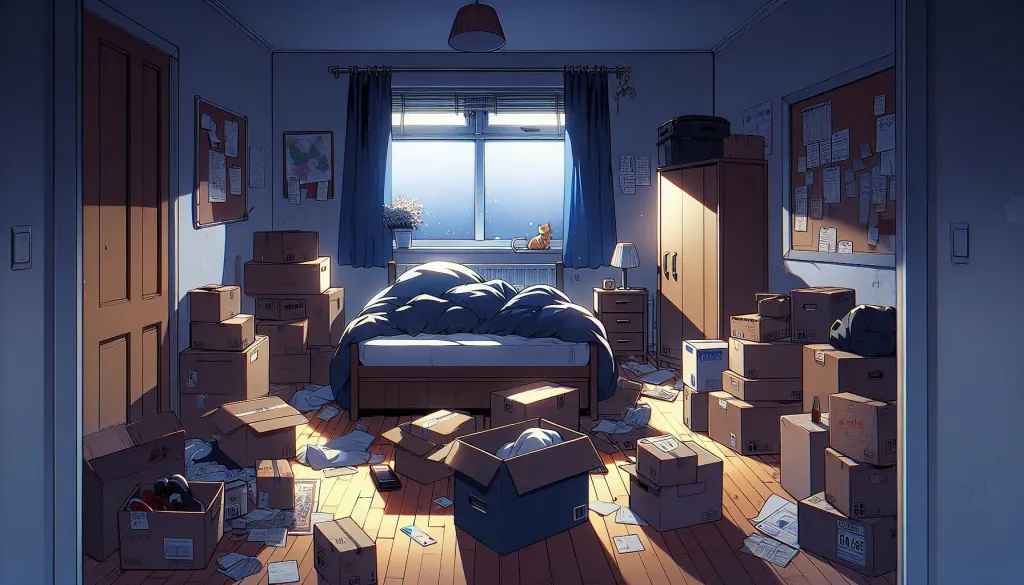
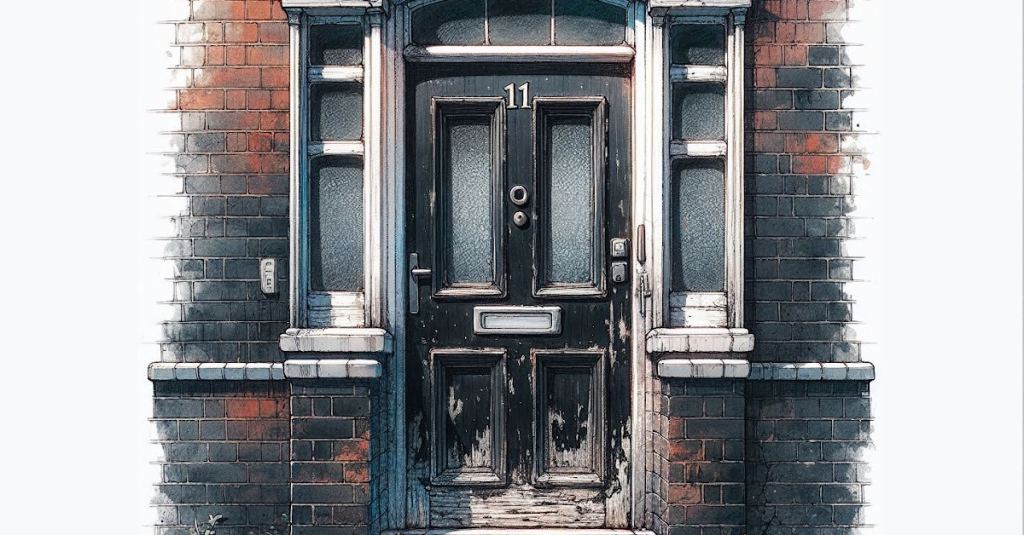
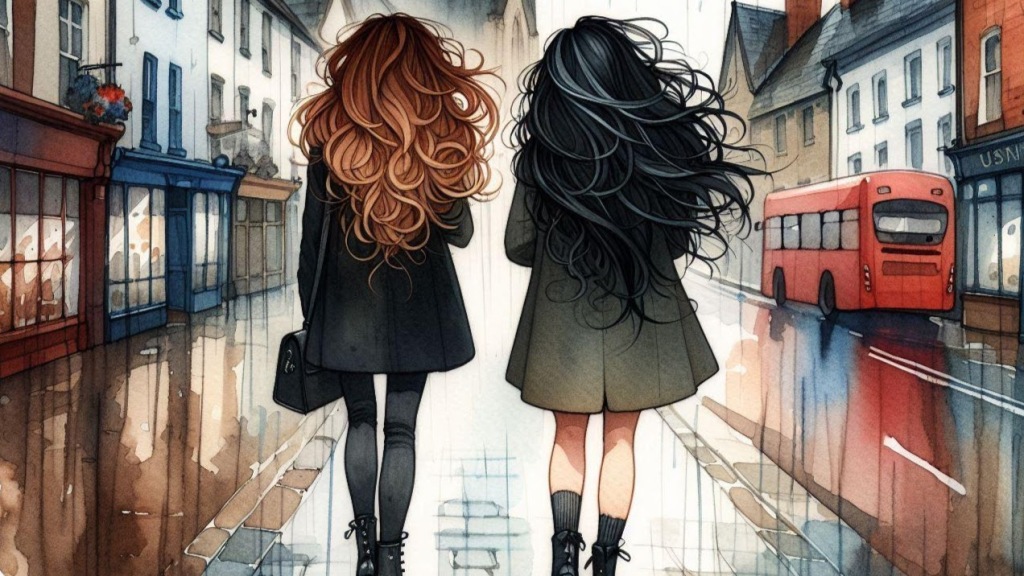
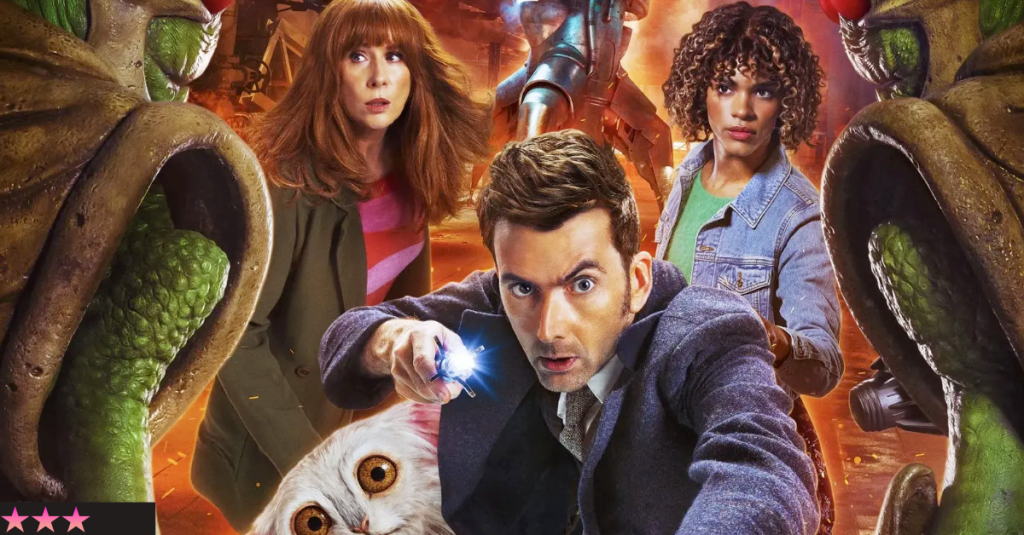
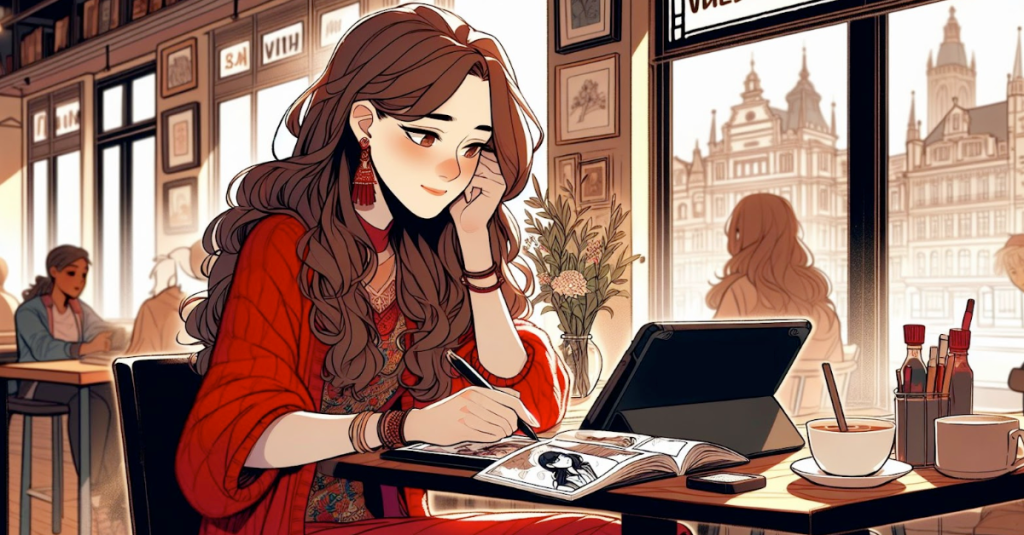

You must be logged in to post a comment.